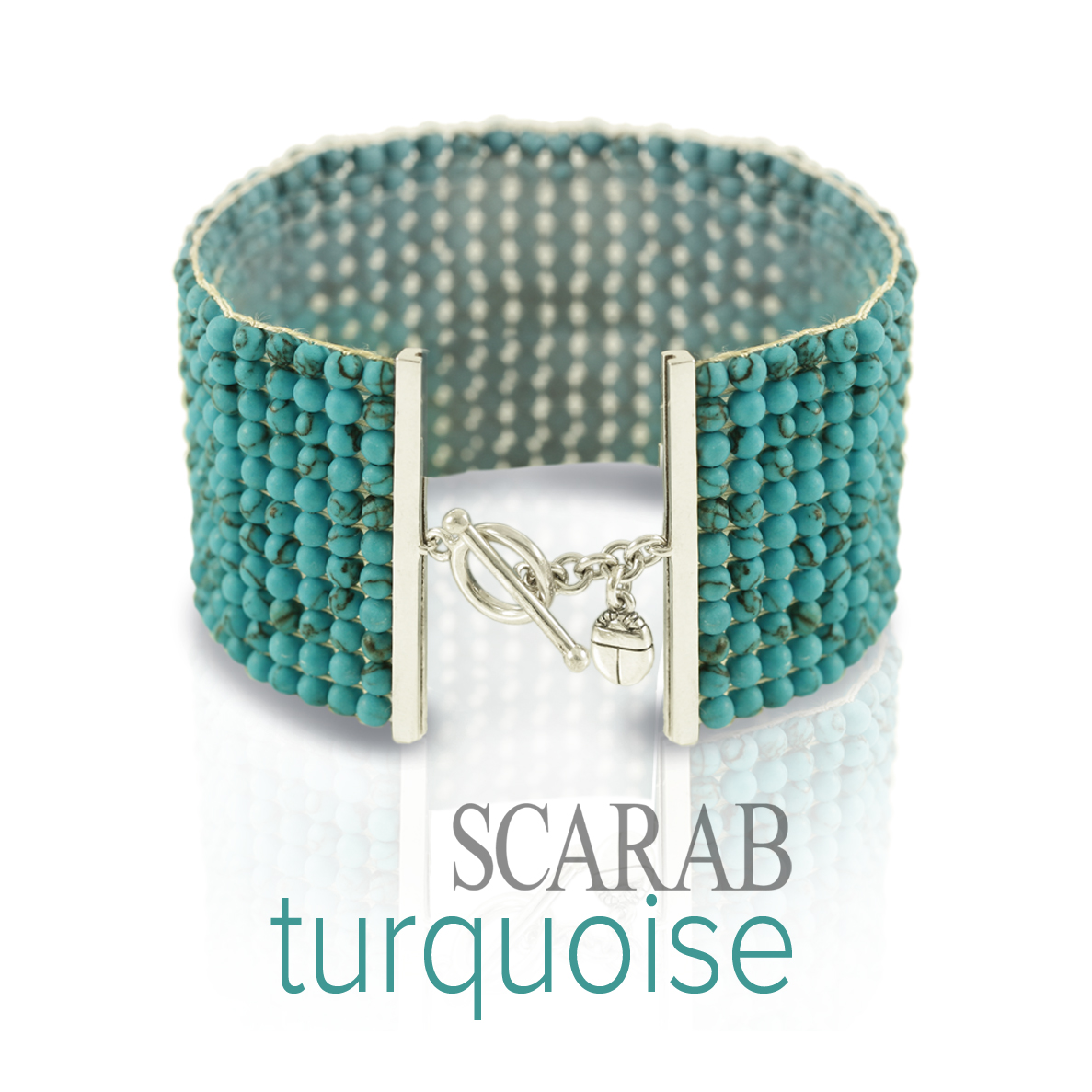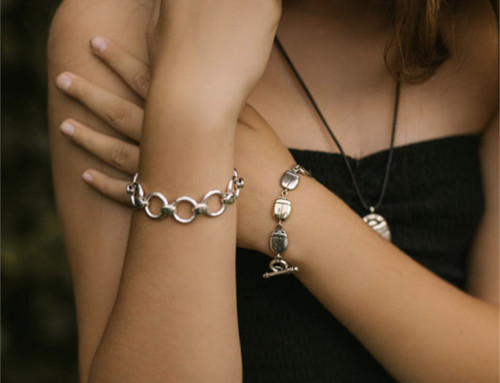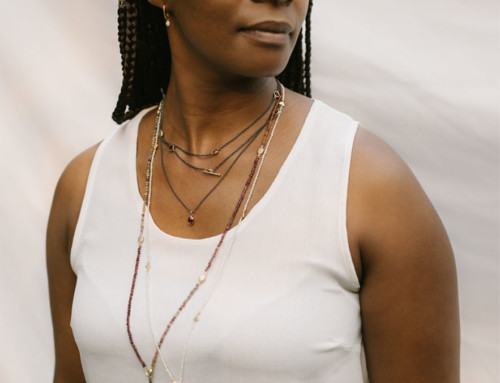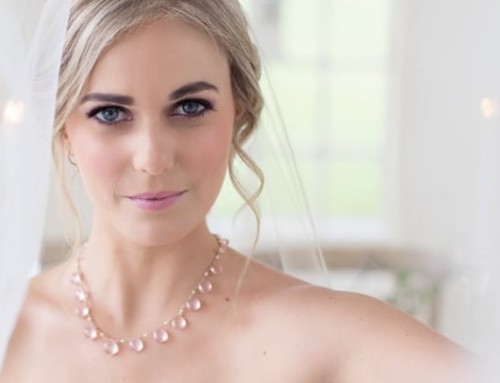Handwoven Bracelet Cuff with Turquoise stones
The Origin of Turquoise
The Turkish stone
Why is Turquoise called Turquoise? Let’s explore the origin of Turquoise – The name turquoise is derived from the French pierre turquoise, meaning ‘Turkish stone’. The stone was found in Sinai as far back as 6 000 years ago, one of the first stones ever mined. The most valuable turquoise came from Persia – modern-day Iran. Some of the old mines are still in existence today where men labour by hand to harvest the stone.
The ancient trade routes brought turquoise to Europe from central Asia via Turkey; Venetian merchants would purchase the stone in Turkish bazaars and it was seen as a symbol of great wealth.
This opaque, blue-to-green secondary mineral is formed by percolation of the acidic solutions during weathering and oxidation of other existing minerals. Copper gives it its vivid blues, while iron lends it the greener hues and it’s the only gemstone that has a colour named after it.
The pastel shades of turquoise have endeared it to many great cultures; it has adorned the rulers of ancient Egypt, the Aztecs, Persia, Mesopotamia, the Indus Valley and ancient China. The most well-known pieces incorporating the gem are those recovered from Tutankhamun’s tomb, specifically the Pharaoh’s burial mask which was liberally inlaid with turquoise.The Egyptians called turquoise mefkat which means ‘joy’ and ‘delight’.
Turquoise remains an extremely important gemstone among Native Americans; by far the most popular gemstone in their culture. It is used in all forms of tribal jewelry, often with silver. Ornate ornaments are occasionally carved from turquoise, and you may also find cameos and scarabs.
It was revered as the holy stone, believed to bring good fortune and friendship, and it brings peace to the home.
In 2005, a 3 700-year-old antique was discovered in the Erlitou relics’ site in central China’s Henan Province. The piece is in the shape of a dragon, made up of over 2 000 pieces of turquoise. Said to be the oldest Chinese dragon totem, archaeologists think it was an inlay of a sword or sceptre.
Turquoise is among the most popular bead gemstones, and stranded turquoise bead bracelets and necklaces are extremely sought after. It is frequently cut and polished into cabochons, and can be used as large pendant stones, in rings or cufflinks. It is usually set in silver jewellery but it can be even more striking when used in conjunction with gold – just ask King Tut.







Leave A Comment